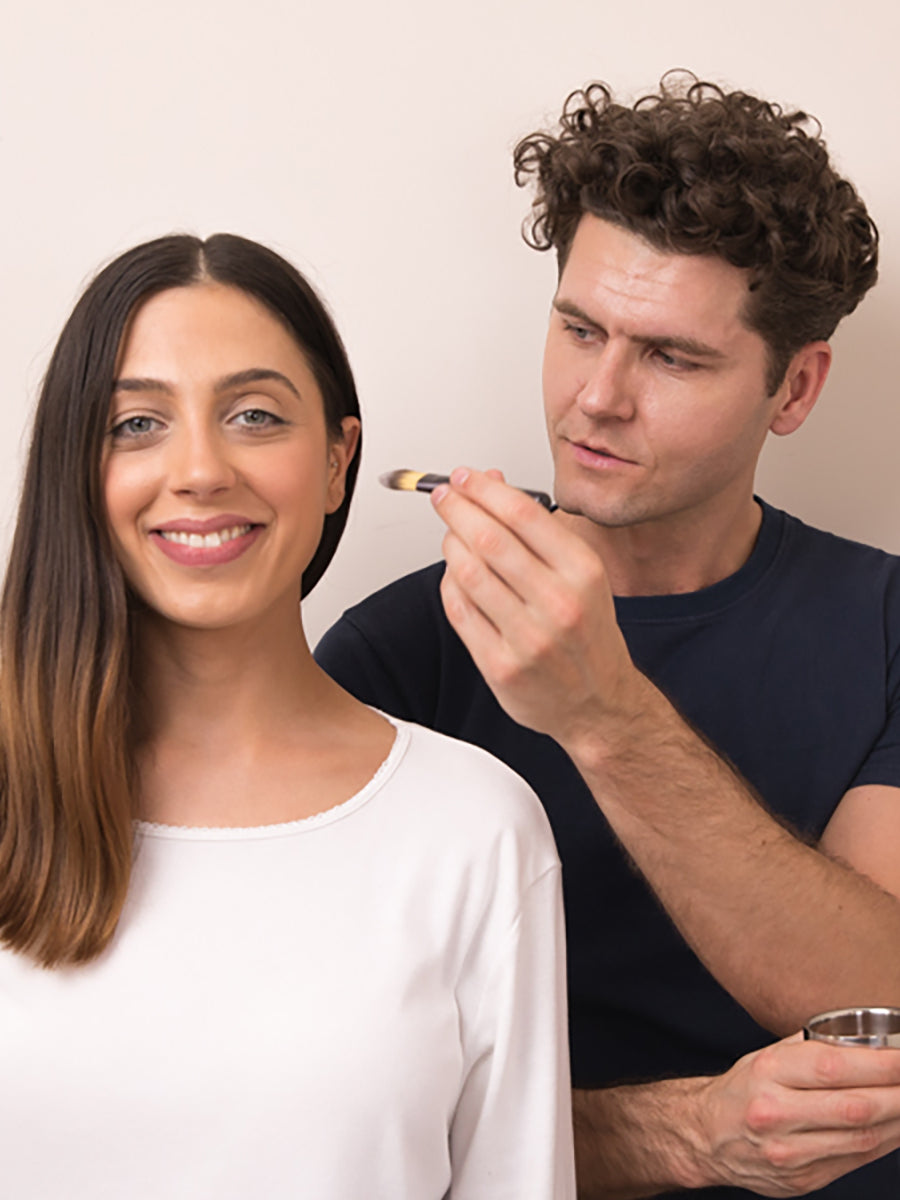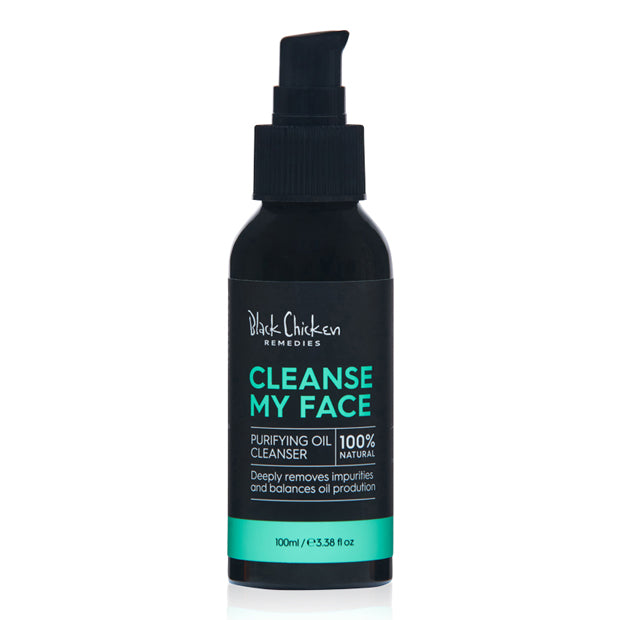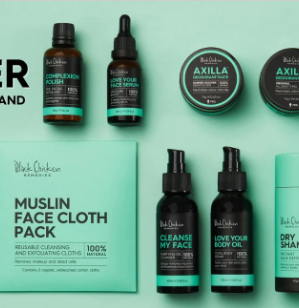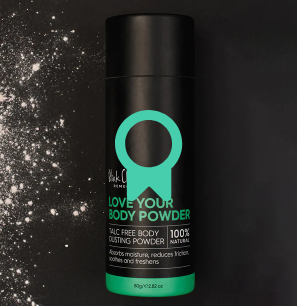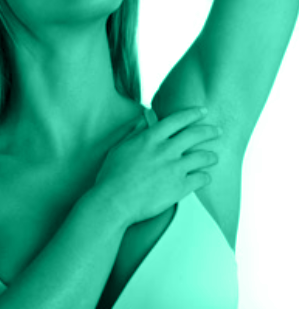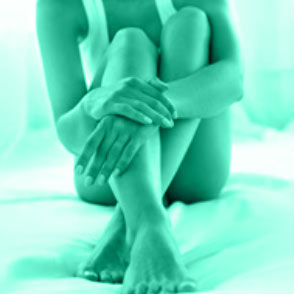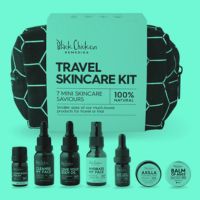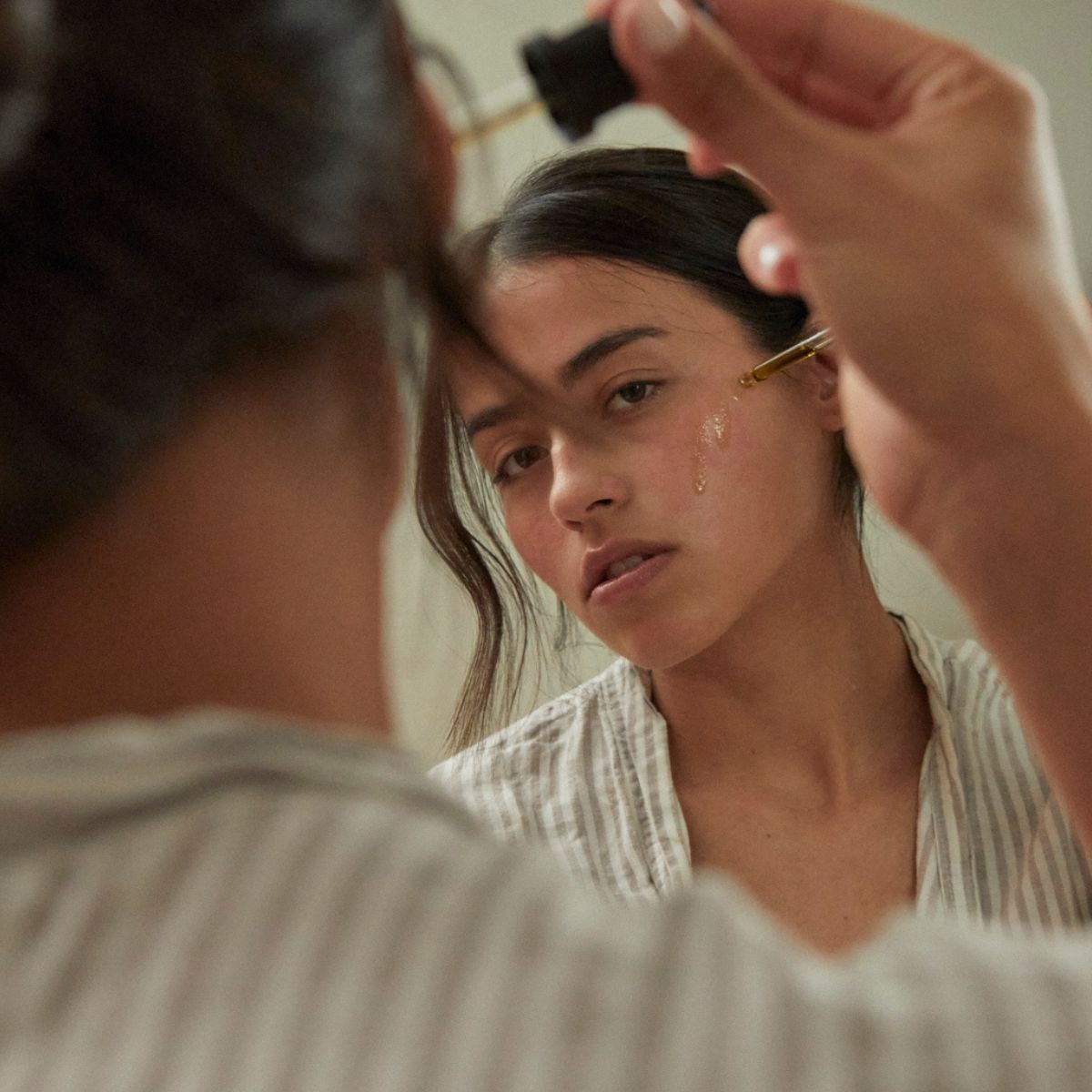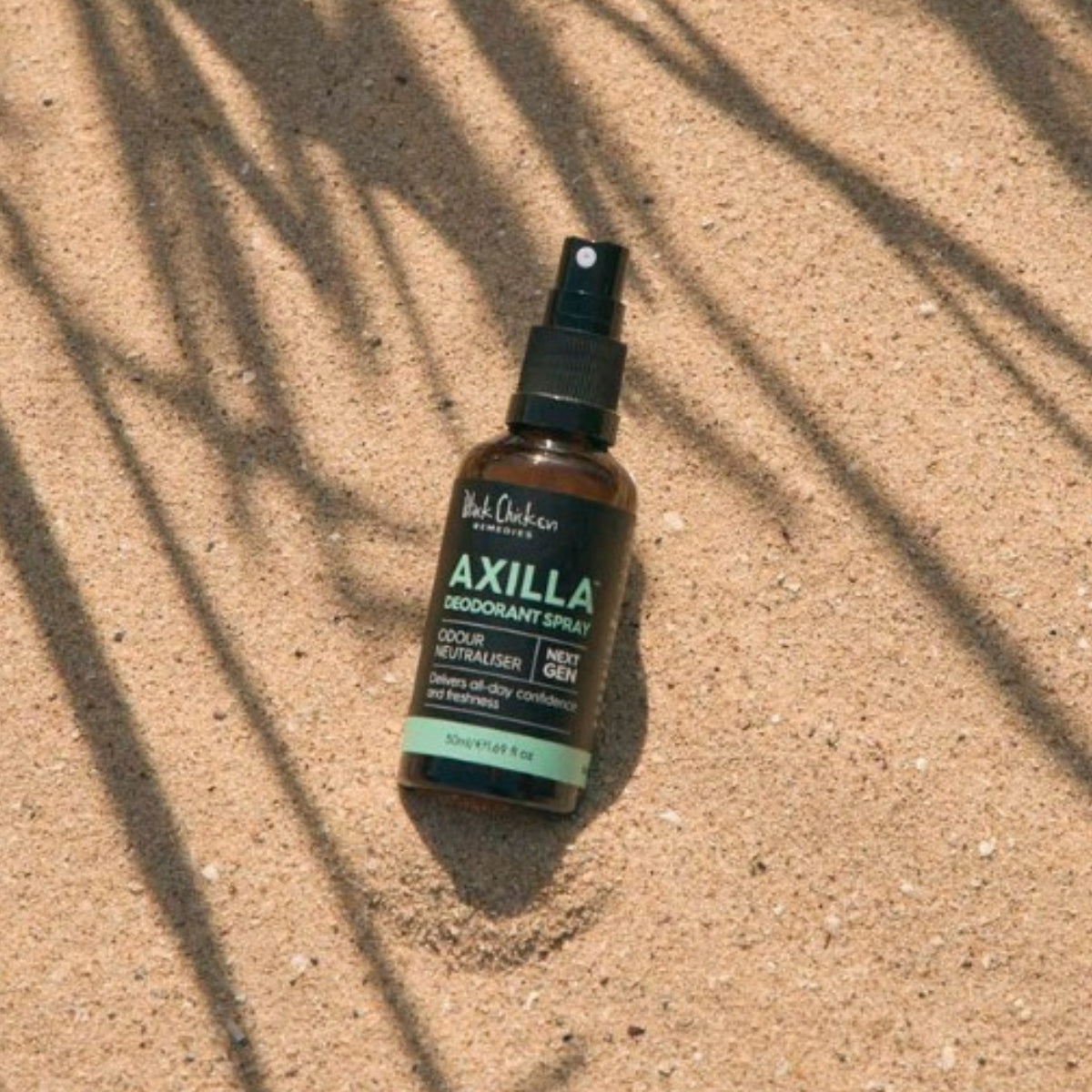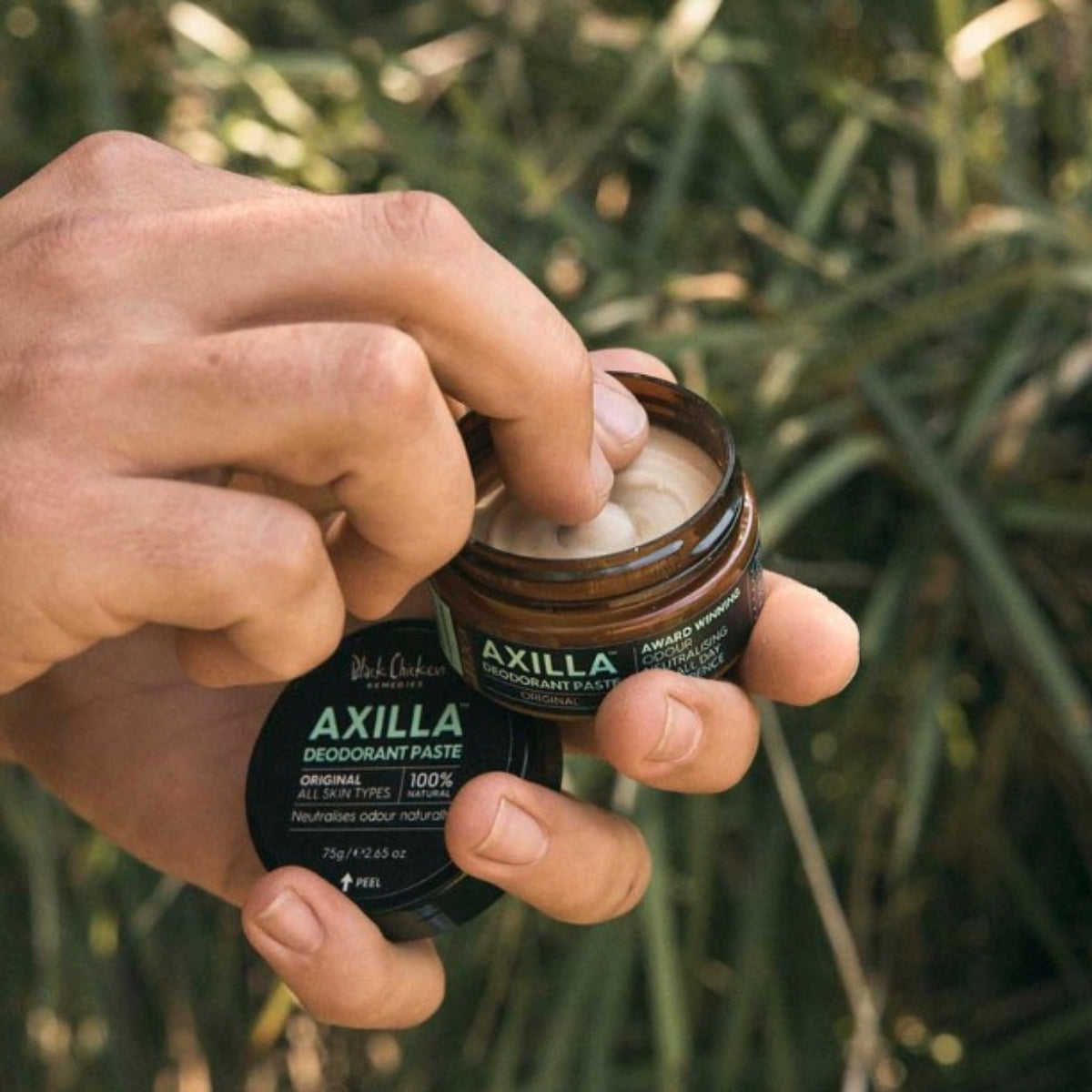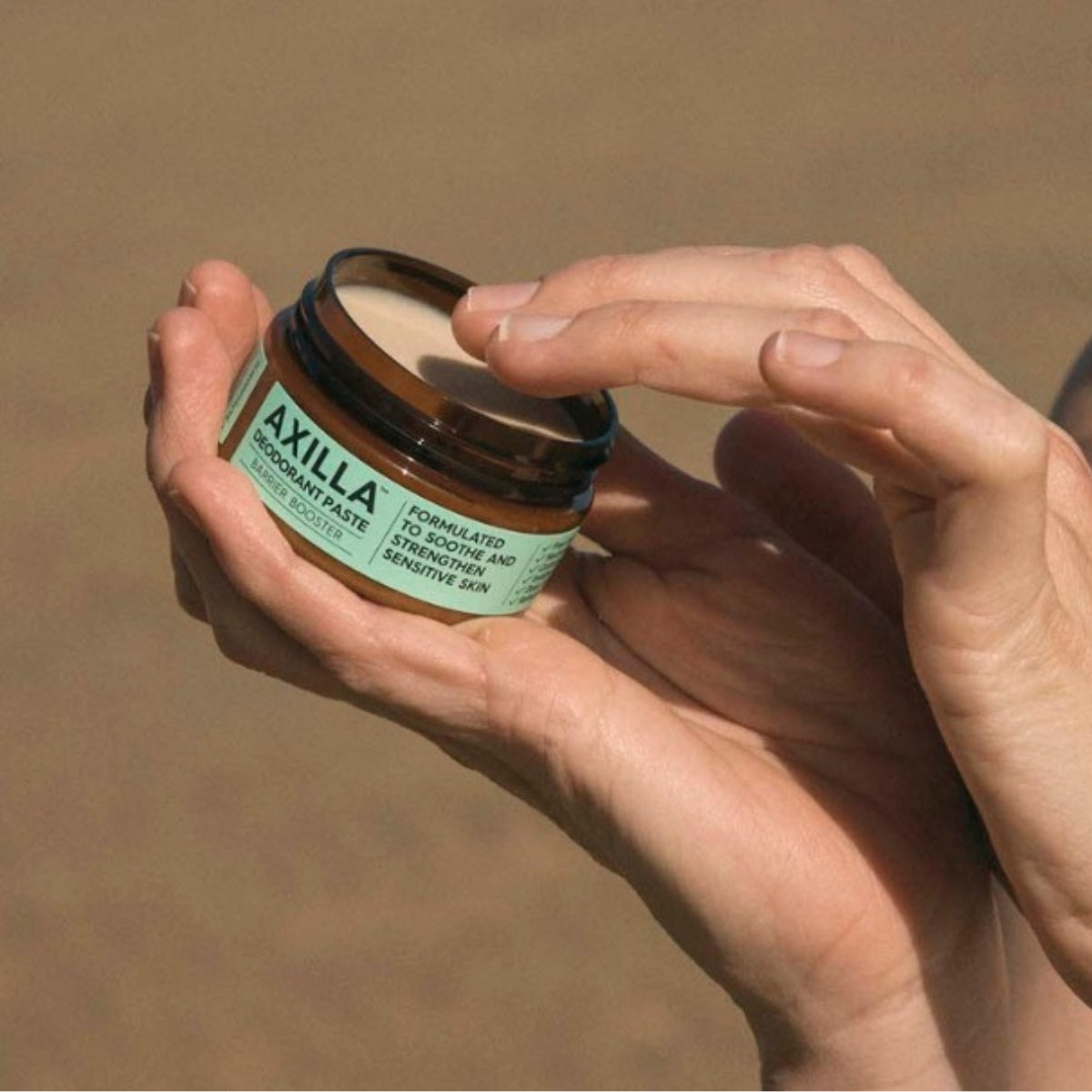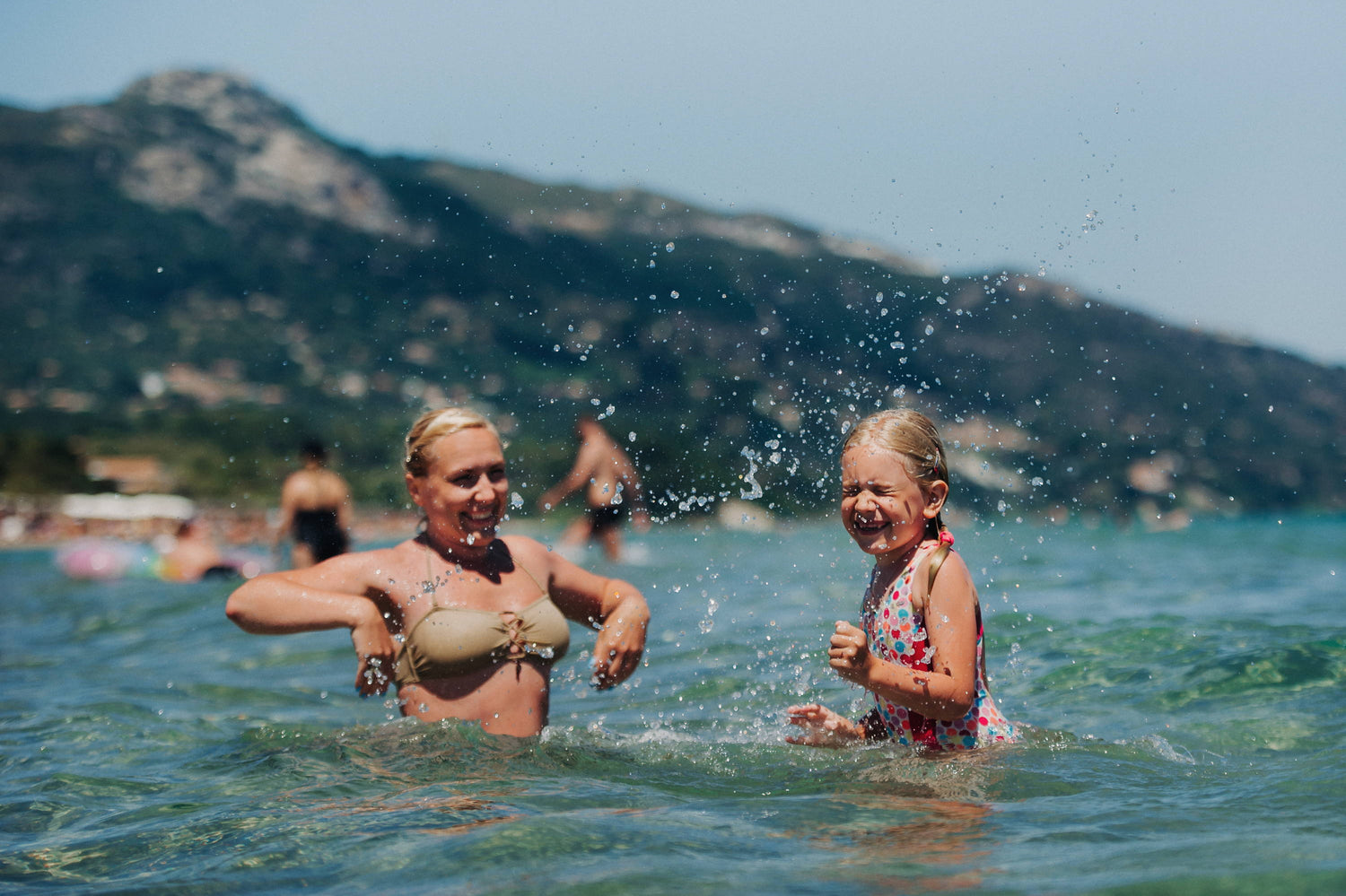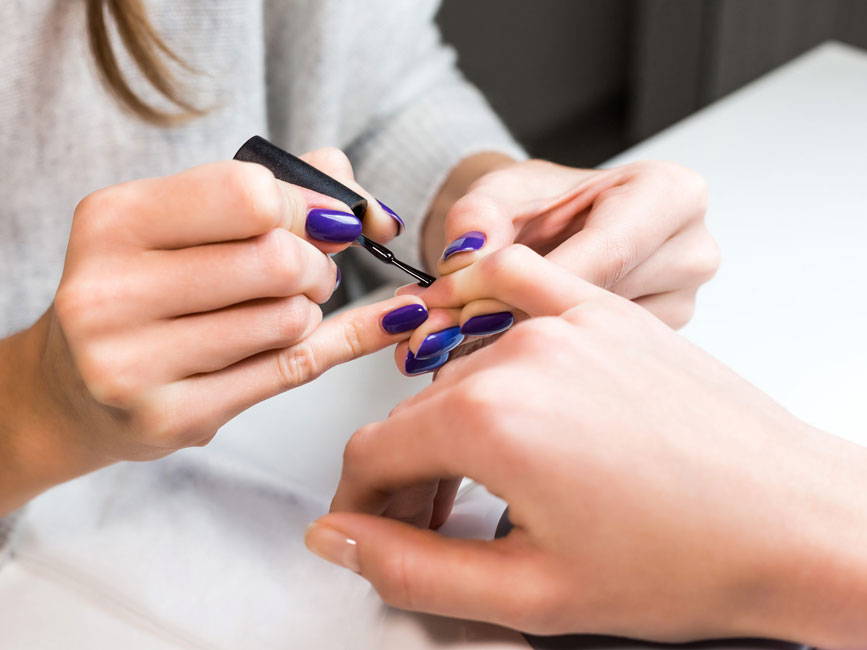Water is used in countless beauty products - and a lot of it. There are many reasons why its not necessary and with worldwide water supplies diminishing, it’s time to say “no” to H2O.
Waterless skincare and beauty products are one way we can pull the plug on water waste. Water-free beauty is trending. If you’re looking for ways to make your self-care routine more potent, read on to learn what waterless beauty means and how it can benefit your skin and the environment.
What is Water Free Beauty?
While most beauty trends focus on what ingredients go in a product, water-free beauty focuses on keeping one very common addition out. The waterless beauty trend hails from South Korea, and the movement is all about using little to no water in beauty and skincare products.
Why go water-free? Zero-water products or products containing minimal amounts of H2O are more effective, last longer, and are made without fillers or preservatives.
Waterless Beauty Benefits
A waterless skincare routine is better for the skin. The active ingredients (the ingredients that actually do something for your skin) in beauty products made with mostly water get diluted. So skipping the water as a filler makes the end product more effective for your skin. Also, when you eliminate water, the good ingredients hold their purity, so you get a fresh hit of the ingredients each time you use the product at home.
If you’re using water-based skincare for its hydrating benefits, the effects may be short-lived. Water evaporates fast, so water-based products may only offer temporary dryness relief. On the other hand, waterless products are often made with more nourishing ingredients like oils. More oil means more hydration.
Sensitive-Skin Safe
Other synthetics are often added to help give the watery substance more texture or an artificial scent. These chemical additives can irritate people with sensitive skin. Also, when a product is made using water and oil, an emulsifier is needed to prevent the product from separating in the package. Many emulsifiers are made with sodium lauryl sulfate or polyethylene glycols which can lead to irritation and disrupt the skin barrier.
Why Leave Water Out?
Water is used as an inexpensive filler to ‘beef up’ products and usually doesn’t serve a purpose related to the skin. Also, companies don’t have to let consumers know where they sourced the water used to make personal care products. Depending on the source, the added water could be compromised with unwanted contaminants like fluoride, chlorine, or microbes and fungi.

